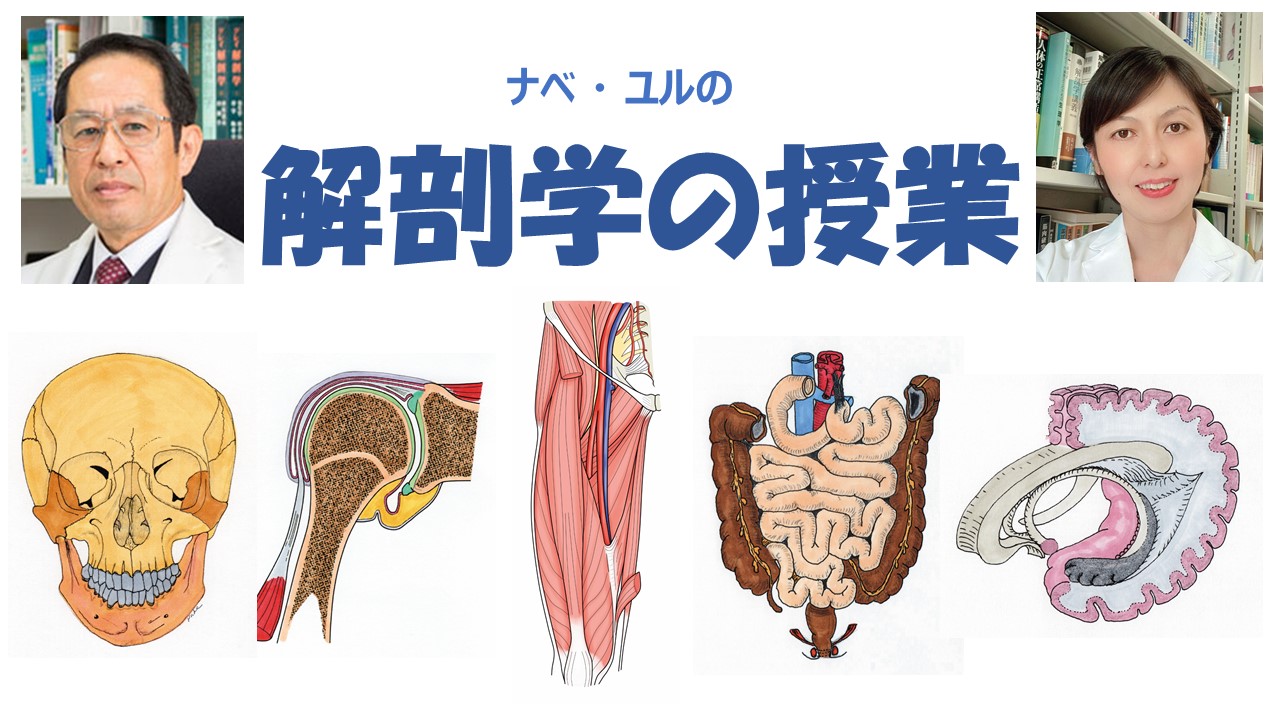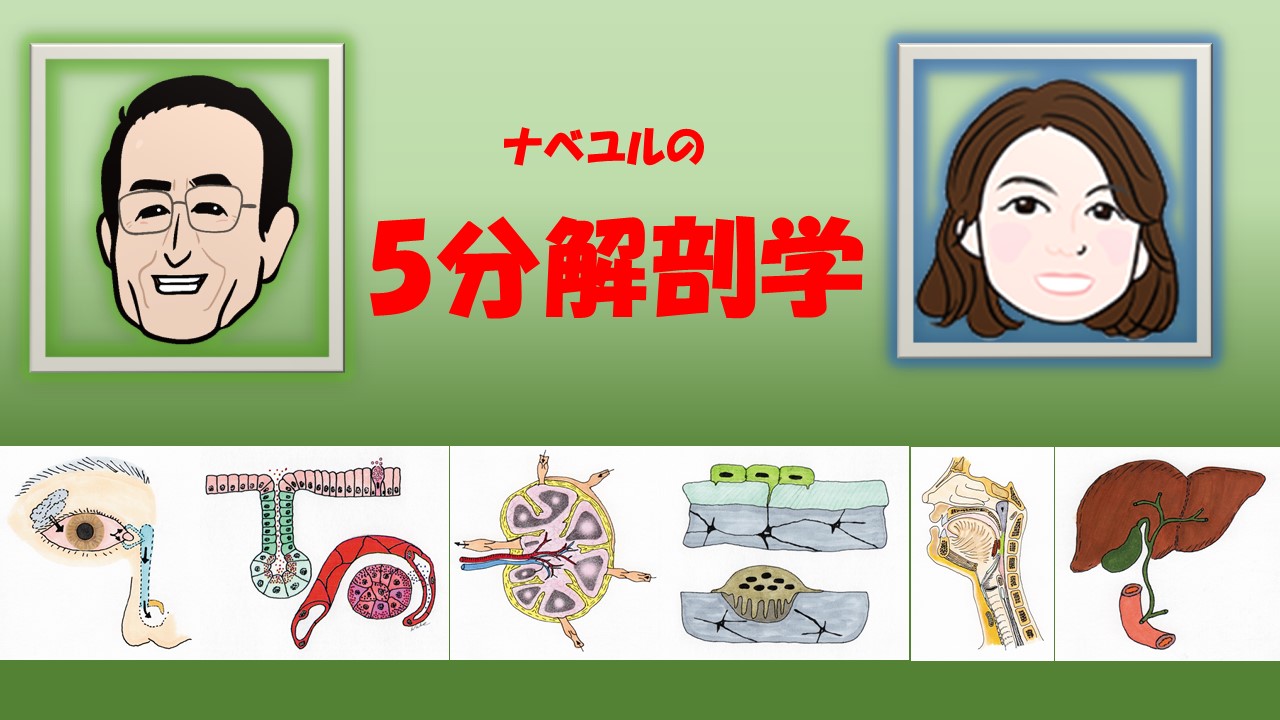
研究所について
【設立目的】
1.エビデンスに基づいた自然科学の知識を一般の人々に伝える
今日、様々な健康に関する情報が満ち溢れています。しかしその多くはイメージだけで、科学的根拠に基づいたものは少ないのが現状です。また、科学的根拠に基づいたものであっても、専門以外の人々には難解なものが多いと考えています。当研究所は健康に関する重要な情報を、できるだけ正確に、世界の文献を参考にして人々にお伝えするとともに、いくつかの研究成果を社会に普及させるため、大学や、企業、病院、診療所などと協力して活動を進めます。
2.基礎医学である「解剖学」、「生命科学」を分かりやすく伝える
医療系や福祉系の大学や専門学校に入学後、最初に学ぶ基礎医学の科目として
「人体解剖学」があります。必要な知識量は膨大で、一度の授業だけでは理解が困難です。
繰り返し、授業を聞ける動画を配信して、学生や現場の医療従事者の再確認に
役立つ活動を進めます。さらに様々な「生命科学」に関する情報も発信していきます。
【所在地】
569-1121 大阪府高槻市真上町6-37-1
Mail: phytomedicalwatanabe@gmail.com
【所長】関西福祉科学大学 名誉教授 医学博士
渡辺 正仁 Masahito Watanabe
職歴:大阪医科大学准教授、大阪保健医療大学教授、関西福祉科学大学教授・学部長、英国シェフィールド大学客員研究員、京都大学医学部非常勤講師、香川医科大学非常勤講師、大阪府立大学大学院非常勤講師など。
教育担当科目:「解剖学」、「人体解剖実習」、「解剖生理学」「生命科学概論」、「化学入門」等。
研究分野:「生命科学」、特に末梢組織でのGABAシステムに関する研究。
著書:PT/OT/STのための「解剖学」(廣川書店)、PT/OTのための自己学習「解剖学」、看護自己学習「解剖生理学」(以上、金芳堂)、Biochemistry of Dementia (John Willy &Sons)、Visualization of Receptors: Methods in light and electron microscopy(CRC Press)、その他。
訳書:リッピンコットシリーズ イラストレイテッド解剖学(丸善出版)等。
主な論文:
1. An autoradiographic, biochemical, and morphological study of the Harderian gland of the mouse. J. Morphology,163: 349-365, 1980. (学位論文)
2. Amino acid content in several brain regions of the active and hibernating frog, rana esculenta. Comp. Biochem. Physiol., 97: 605-610, 1990.
3. Microvessel and astroglial cell densities in the mouse hippocampus. J. Anat., 180: 89:95, 1992.
4. Ipsilateral motor control of the forelimb in the congenitally acallosal mouse. Neuroscience, 62: 507-514, 1994.
5. Regional differences in glucose transport in the mouse hippocampus. Histochemical J., 26:207-212,1994.
6. Distribution of [1,2-3H] taurine in the skin of adult and newborn mice studied by microradioautography. Cell. Mol. Biol., 41: 49-55, 1995.
7. In vivo microradioautographic study of insulin binding in the skin of normal and NIDDM mice: with special reference to acanthosis nigricans. Cell. Mol. Biol., 43: 157-164, 1997.
8. Expression and localization of cysteine dioxygenase mRNA in the liver, lung, and kidney of the rat. Amino Acids, 15: 143-150, 1998.
9. Autoradiographic distribution of radioactivity from 14C-GABA in the mouse. Microsco. Res. Tech., 48: 116-126, 2000.
10. GABA and GABA receptors in the central nervous system and other organs. Int.Rev.Cytol.213:1−47, 2002.
11. γ-Aminobutyric acid as a promoting factor of cancer metastasis ; Induction of matrix metalloproteinase production is potentially its underlying mechanism. Cancer Res., 63: 8090-8096, 2003.
12. Epithelial localization of green fluorescent protein−positive cells in epididymis of the GAD67−GFP knock-in mouse. J. Androl., 26: 568-577, 2005.
13. Cellular localization of GABA and GABAB receptor subunit proteins during spermiogenesis in rat testis. J. Androl., 26: 485-493, 2005.
14. Expression of GABA(A) and GABA(B) receptors in rat growth plate chondrocytes: activation of the GABA receptors promotes proliferation of mouse chondrogenic ATDC5 cells. Mol. Cell. Biochem., 273: 117-126, 2005.
15. Gamma-aminobutyric acid (GABA) and cell proliferation: focus on cancer cells. Histol. Histopathol. 21:1135-1141, 2006.
16. Physiological role of L-type Ca2+ channels in marginal cells in the stria vascularis of guinea pigs。J. Physiol. Sci., 57: 287-298, 2007
17. A local GABAergic system within rat trigeminal ganglion cells. Eur. J. Neurosci., 23: 745-757, 2006.
18. Antigen presenting cells expressing glutamate decarboxylase 67 were identified as epithelial cells in glutamate decarboxylase 67- GFP knock-in mouse thymus. Tissue Antigens, 67:198-206, 2006.
【ホームページ管理者】
渡辺 恒之介


